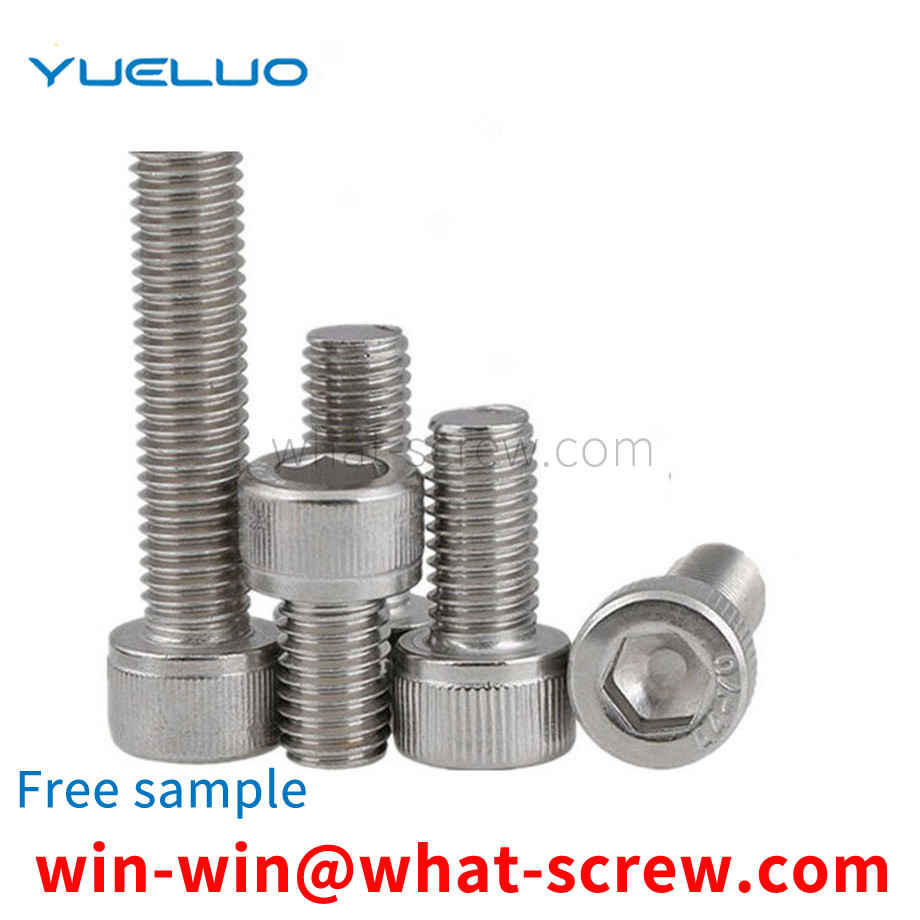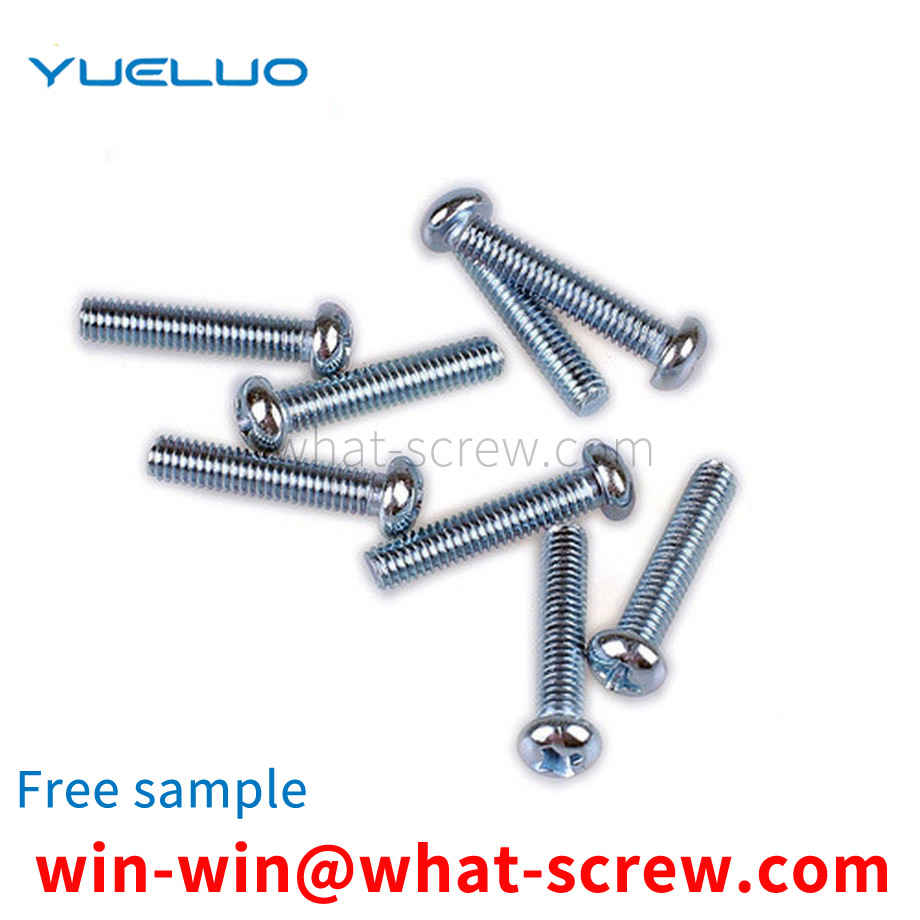There are many names for bolts, and everyone may have different names. Some people call them screws, some people call them bolts, and some people call them fasteners. Although there are so many names, they all mean the same thing, they are all bolts. A bolt is a generic term for a fastener. A bolt is a tool that uses the physical and mathematical principles of the oblique circular rotation and friction of an object to fasten the parts of the object step by step. [1] Bolts are indispensable in daily life and industrial production. Bolts are also known as the rice of industry. It can be seen that the bolts are widely used. The application scope of bolts includes: electronic products, mechanical products, digital products, electrical equipment, electromechanical products. Bolts are also used in ships, vehicles, hydraulic engineering, and even chemical experiments. Anyway, bolts are used in many places. Especially the precision bolts used in digital products. Miniature bolts for DVD, cameras, glasses, clocks, electronics, etc.; general bolts for televisions, electrical products, musical instruments, furniture, etc.; large bolts and nuts are used for engineering, construction, and bridges; transportation equipment, aircraft, trams, automobiles etc. are used together with large and small bolts. Bolts have important tasks in industry. As long as there is industry on the earth, the function of bolts will always be important.
As a commonly used data communication device, connectors are widely used in computers and TVs. Because common connectors such as D-SUB and DVI are composed of a male seat and a female seat, the iron shell of the male seat and the female seat is The corresponding position is provided with holes, the holes of the male seat are connected with rivets, and the holes of the female seat are correspondingly provided with screws for fixing. After the male seat and the female seat are connected, tighten the screws so that the male seat and the female seat are tightly connected together. When assembling on a computer or a TV, the rivet has a fixed assembly direction, and the fixation of the rivet direction is very important for assembly. However, there is no anti-rotation device on the iron shell hole connected with the rivet on the existing connector, and the rivet cannot be positioned during the assembly process, and it is easy to rotate and dislocate. production efficiency.
In the prior art, there are also automated equipment for riveting and assembling of hardware and handles; however, for the existing automated equipment, how to automatically and efficiently realize rivet feeding is particularly important.
The profile of the American National thread (60 profile angle and H/8 flatness) is different from the Wyeth thread profile (55 profile angle and H/6 flattening height). American National Thread is widely used in regions and industries that are influenced by American industry. In World War II, due to the inconsistent thread standards used by the Allies, the logistical supply difficulties caused serious economic losses and casualties to the Allies. Immediately after the end of World War II, the United States, the United Kingdom, Canada and other allies immediately began to formulate a unified thread standard among allied countries, and promulgated a unified thread standard in 1948. Because the economic strength and military strength of the United States dominated the Allied forces at that time, the unified thread was mainly formulated according to the national thread standard of the United States. Unity; the latter letter N is derived from the N designation for American National Threads. Since then, the unified thread began to squeeze the original use market of the British Whitworth thread.
Countersunk head, half countersunk head, 1200 countersunk head, half countersunk head rivets are mainly used for riveting occasions where the surface needs to be smooth and the load is not large. Flat head rivets are used for riveting occasions subject to general loads. Flat head and flat head rivets are mainly used for riveting of metal sheets or non-metallic materials such as leather, canvas and wood. Large flat head rivets are mainly used for riveting of non-metallic materials. Semi-hollow rivets are mainly used for riveting occasions with little load. Headless rivets are mainly used for riveting of non-metallic materials. Hollow rivets are light in weight and weak in head, and are used for riveting of non-metallic materials with little load. Tubular rivets are used for unloaded riveting of non-metallic materials. Nameplate rivets are mainly used for riveting nameplates on machines and equipment.
We have many years of experience in the production and sales of screws, nuts, flat washers, etc. The main products are: self-locking nut locking, gasket mixed packing bolts, low square neck bolts, carbon steel grade 8.8 hexagon nuts and other products, we can provide you with Provide the right fastener solution for you.



















 Service Hotline
Service Hotline




